English Cucumbers are a warm weather crop that is easy to grow. They are a member of the cucurbitacea family which also includes melons, pumpkins, and squash. English cucumbers were bred to have a thinner smooth skin with less seeds, which make them perfect for eating fresh.
While you likely won't find seeds for labeled 'English cucumbers' at a garden center, you will be able to find seeds for cucumber varieties that posses the same traits. Look for seedless varieties such as 'tasty green' or , ' English long telegraph'.
If you want to grow a seedless variety of cucumbers look for 'parthenocarpic' cucumber varieties that produce only female flowers. Commonly used in commercial cucumber production, these cucumber varieties are particularly suited to greenhouse growing and have a higher then normal yield.
This post contains affiliate links for which we may be compensated if a purchase is made through the links provided at no extra cost to you. For more information, please read our affiliate disclosure.
Starting Seeds Indoors
To get an early start on the season you can start English Cucumber seeds as early as 3 weeks before your last frost.
Start your seeds in planting trays, planting two seeds per cell at a depth of a ½ inch. Water well, cover and place under lights or set the tray in a warm spot in the house. Seeds should begin to germinate in 8 - 10 days.
Once sprouted remove the lid and keep the tray in a warm sunny location. Keep an eye on the soil and do not allow it to dry out, as cucumbers require a lot of water!
The transplants should not be moved outdoors until the soil is warm and all chances of frost have passed. Make sure to harden off the seedlings as well, as they will not be accustomed to wind, varying weather changes, and cool nights!
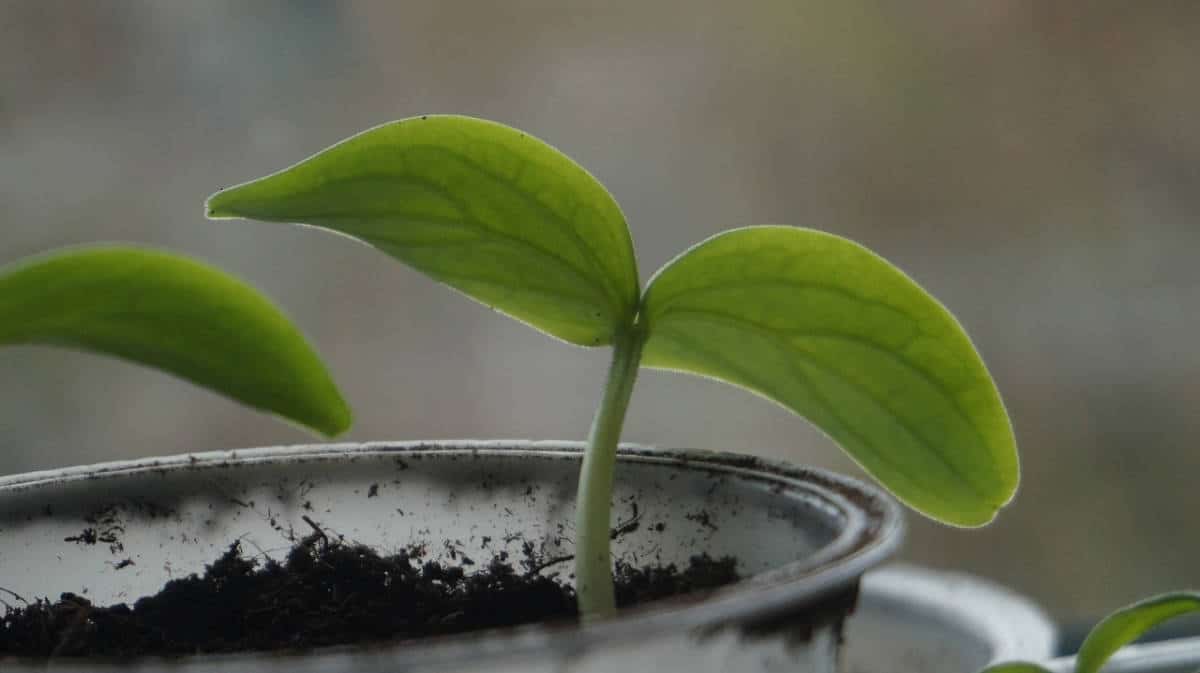
Hardening Off The Transplants
Any plants that are started early in the season indoors need a period of hardening off before being transplanted to the garden.
To harden off indoor started cucumbers place the plants outdoors in a semi shaded and wind protected area. Leave them outside for a few hours, extending their time outside an extra hour everyday. At the end of the second week, weather permitting and if all chances of frost gone they can be safely planted outdoors.
If you have a cold frame, place the transplants in the frame until it is warm enough to move into the garden.
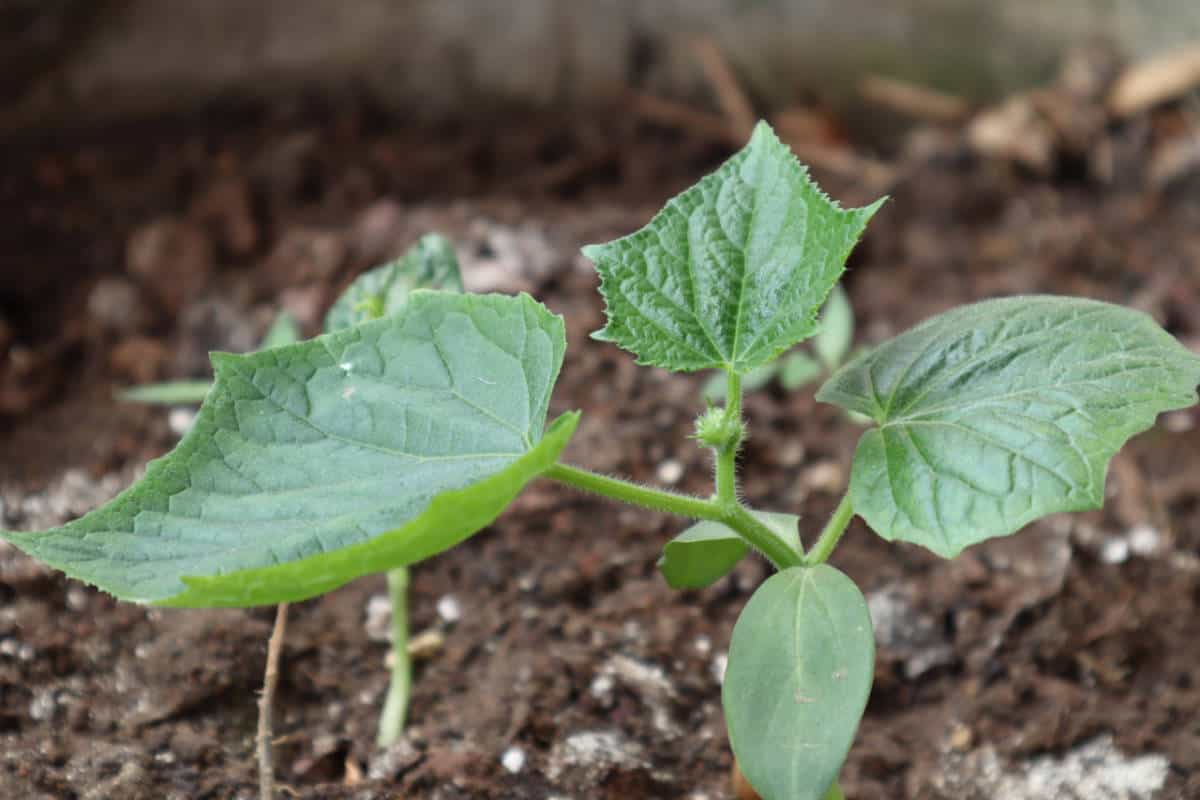
Planting Outdoors
Cucumbers do best in full sun so select a spot where they will receive at least 6 hours of sunshine a day. English cucumbers can be grown in raised beds as well as in traditional in-ground gardens.
Work the soil well adding amendments like peat moss, compost and sand if the soil is compact. Sand loosens the soil and creates better drainage. Compost helps feed the plants through the early part of the season. Cucumber seeds germinate best when the soil is warm, do not plant too early in the season.
Sow seeds ½ inch deep spacing them 6 - 8 inches apart with rows 24 inches apart.
For transplants gently remove the seedling from the planting cell being careful to not disturb the roots. Set them into the ground leaving 6 - 8 inches of spacing between plants.
Growing Cucumbers In Containers
Cucumbers can be grown in containers but there are a few things to keep in mind for success.
Container size is very important. You should use a large planter that is minimum 24 inches deep and 20 inches in diameter. Make sure it has sufficient drainage holes.
Use a lightweight garden soil with added pearlite or peat moss. Do not use soil from your garden, it will become compact and the plants will not be healthy and growth will stall.
Trellising the plants should be considered to avoid the vines from becoming tangled. Put the supports in place before planting seeds or transplants.
And most important is keeping the plants watered well to avoid them from drying out. If you are planning to be away for large parts of the summer, it might not be advisable to grow in containers. Check the soil moisture daily, in hot weather you will need to water more often.
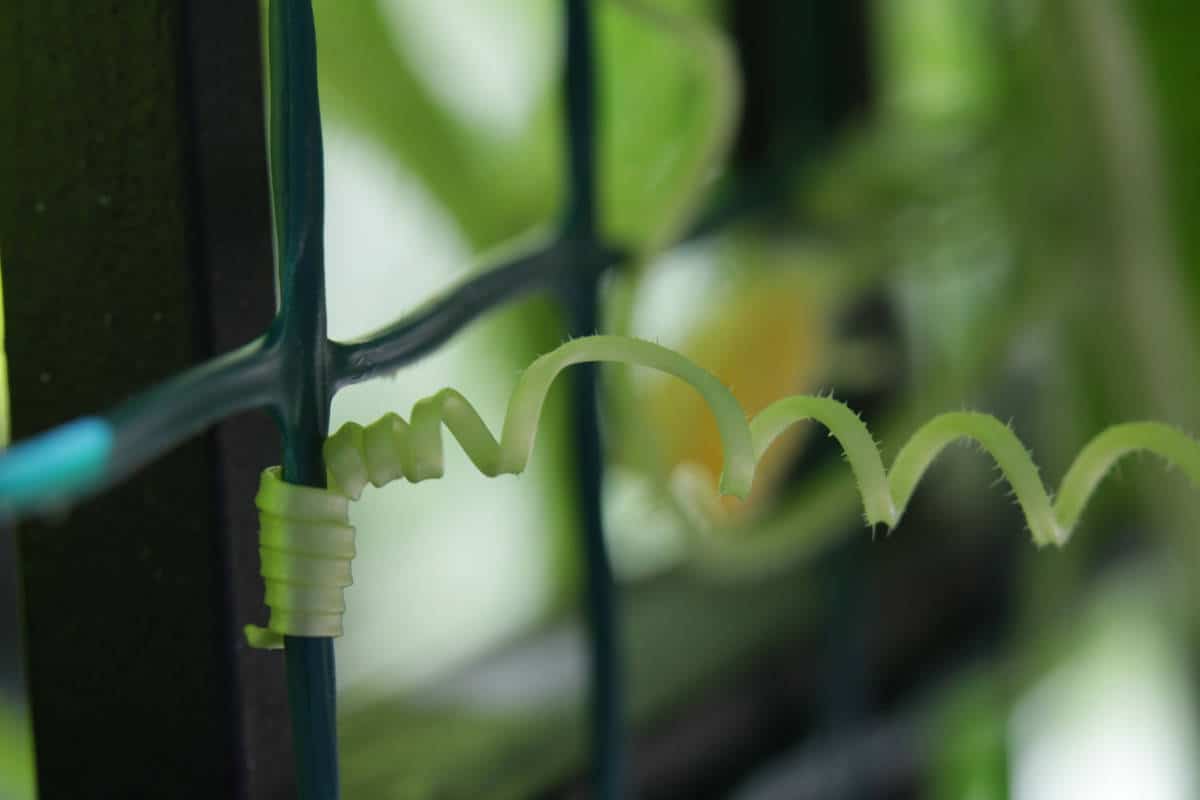
Supporting Your English Cucumbers
English Cucumbers do best when allowed to grow vertically. If left to grow on the ground the cucumbers will become misshapen and risk rotting on the soil.
Fencing can be made using chicken wire or garden netting and landscape pegs.
For a chicken wire or netting trellis, place the fencing material a half inch away from the row where the cucumbers will be planted. Support the fencing with meter long landscaping pegs. As the vines grow you can assist them by guiding them towards the fence.
No chicken wire or netting, no problem. Use any sort of structure that the tendrils of the plants can cling to and climb on. Long twigs, old lattice or even bamboo poles will work.
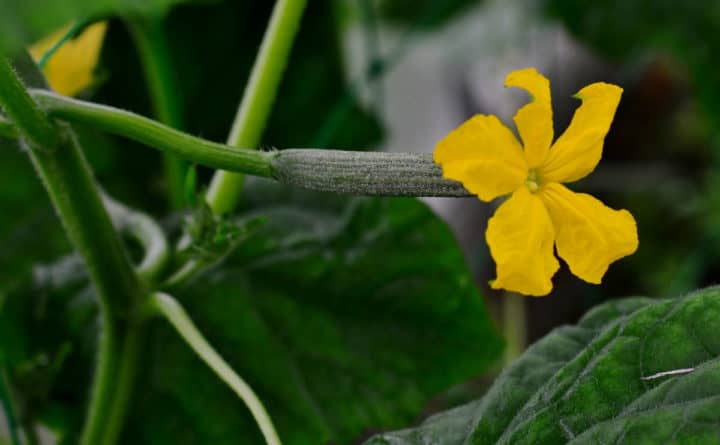
More permanent trellis' can be built to help support cucumbers, peas, beans, and other vining vegetables.
How To Care For English Cucumbers
English Cucumbers have a very shallow root system take care when weeding near the plants to not disturb the roots. If you practice mulching, mulch the plants as soon as they are an inch tall. This helps retain moisture and slows down weed growth.
Throughout the season assist any plants onto the supports by gently weaving the leaves and stems through the support. Extra support for the vines will be required once the plants start to grow cucumbers.
There are a few options when it comes to supporting vines. There are clips that are specifically designed to be used in the garden. They also make rolls of green twist tie or velcro which is designed to be used as support in the garden that works well.
They are available in garden centers though recently most dollar stores now have beautifully stocked garden supply rows worth checking out.
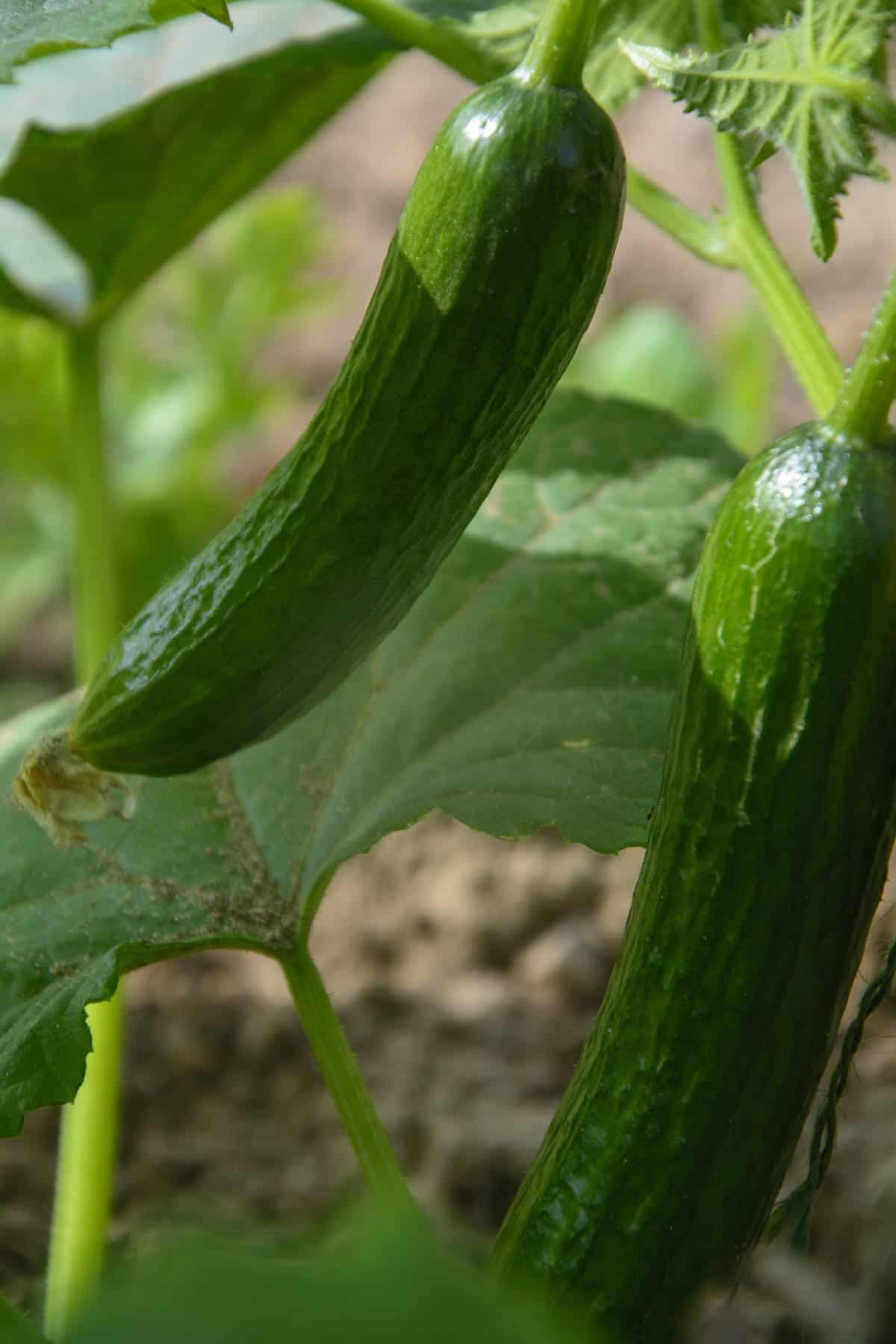
Harvesting English Cucumbers
Harvesting the cucumbers throughout the season will result in a larger harvest. You can start harvesting as early as 10 weeks after moving transplant into the garden.
To harvest, use scissors or a sharp knife to cut the stem of the cucumber. Pulling on the plant will result in damage and may harm the plant or pull the roots from the soil. You can harvest cucumbers up until the first frost.
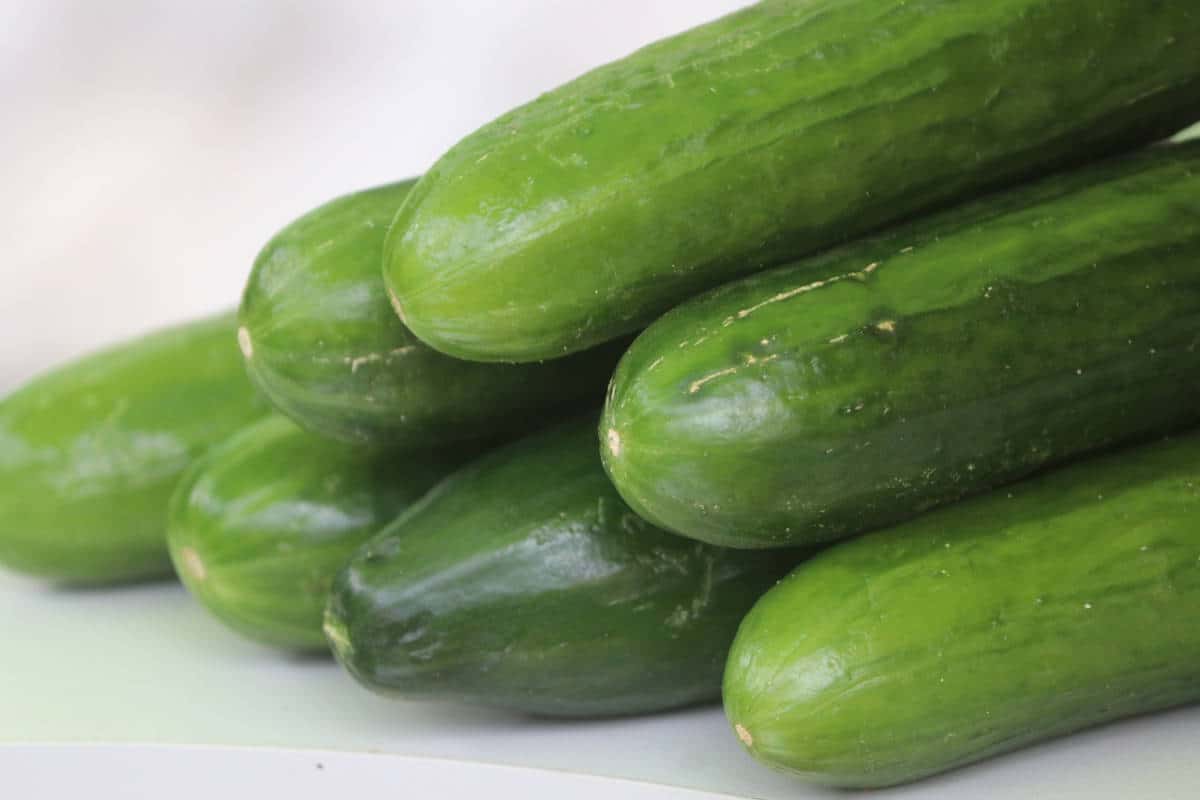
Storing English Cucumbers
The best storage practices for cucumbers is to store them in a dark cooler spot in the pantry. Cucumbers should not be stored in the fridge. They can suffer chilling injuries and will actual decay faster. The cold also converts the sugars making for a less flavourable cucumber.
English Cucumbers can be stored in a dark cool spot for up to 2 weeks.
If you must store your English Cucumbers in cold storage, select a spot close to the front of the refrigerator. The higher shelves are best as they are warmer than near the bottom. Try to eat within 5 days.
Preserving Excess Cucumbers with Recipes
While English cucumbers are not ideal for pickling, they can easily be quick pickled if you have an excess of cucumbers and don't want them to go to waste.
English cucumbers are also great used in salads such as Greek Salads, German cucumber salads or on sandwiches!
If all else fails, neighbors always appreciate free produce if you grew more then you can consume!
Did you find this guide useful?? Comment & Rate it below, then tag me on Facebook. For more DIY gardening tips & from scratch recipes follow me on Facebook & Pinterest

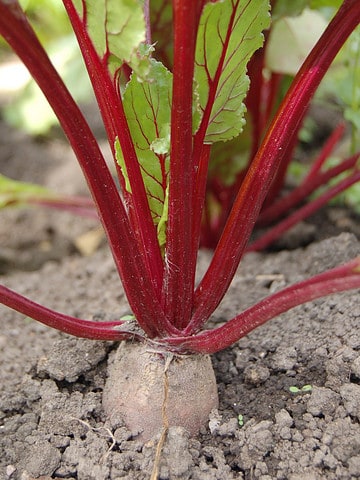
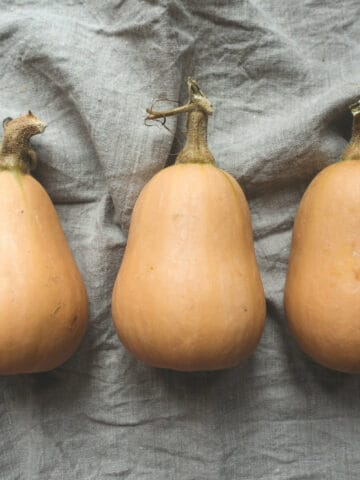
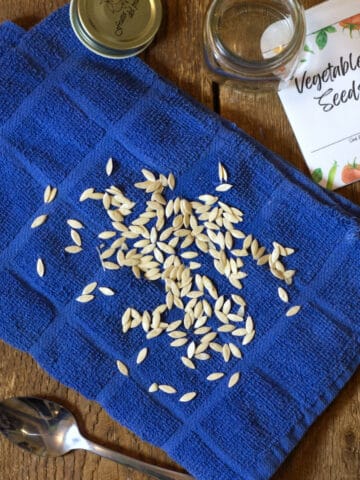
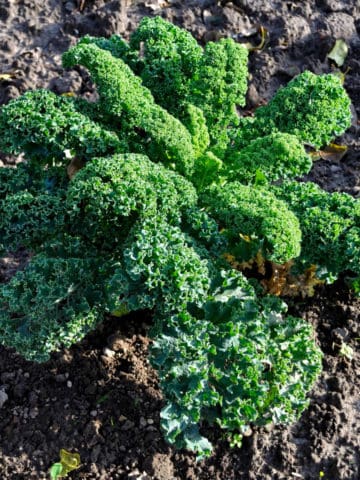
Comments
No Comments